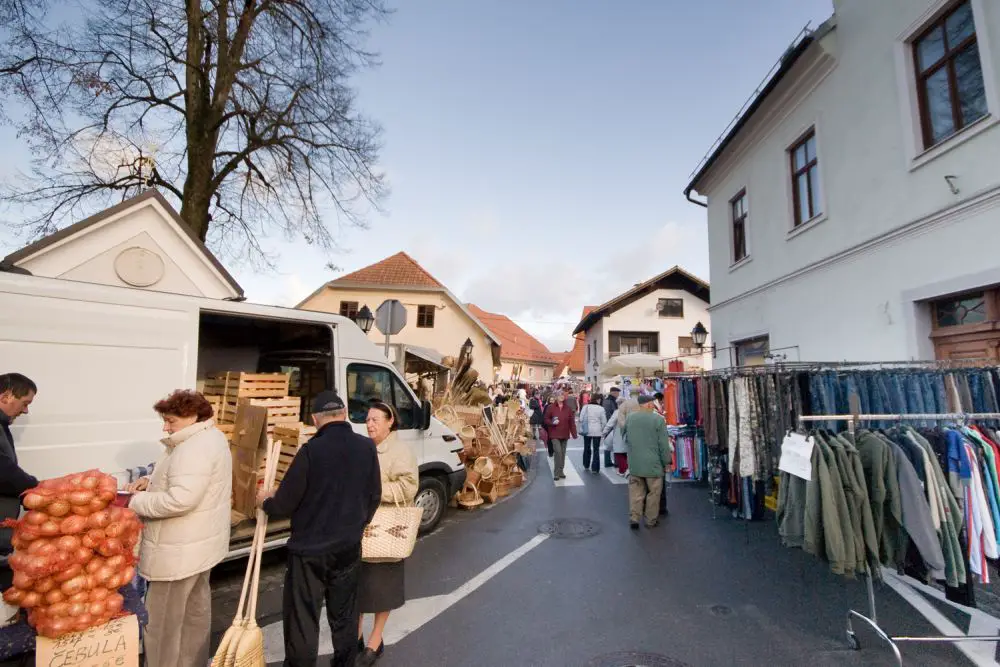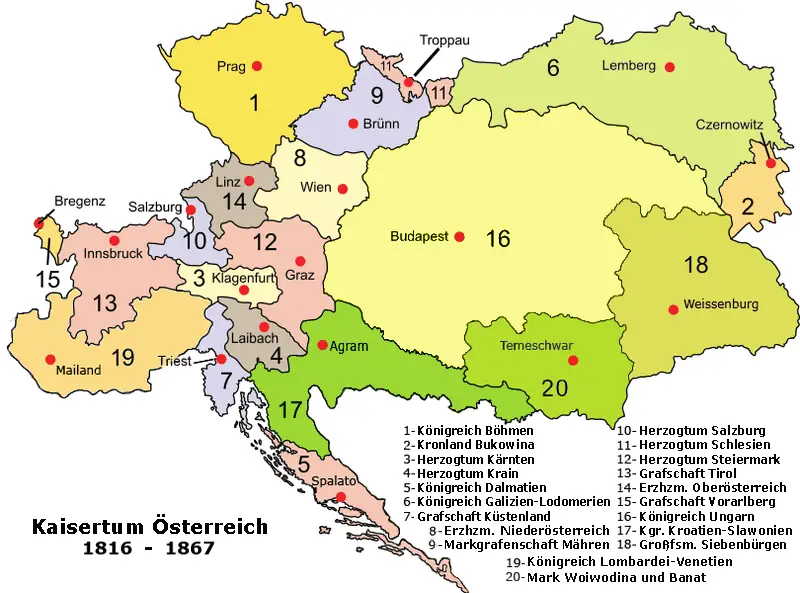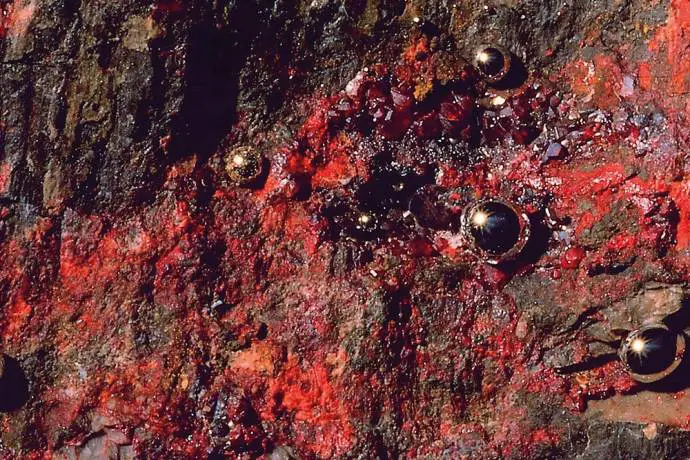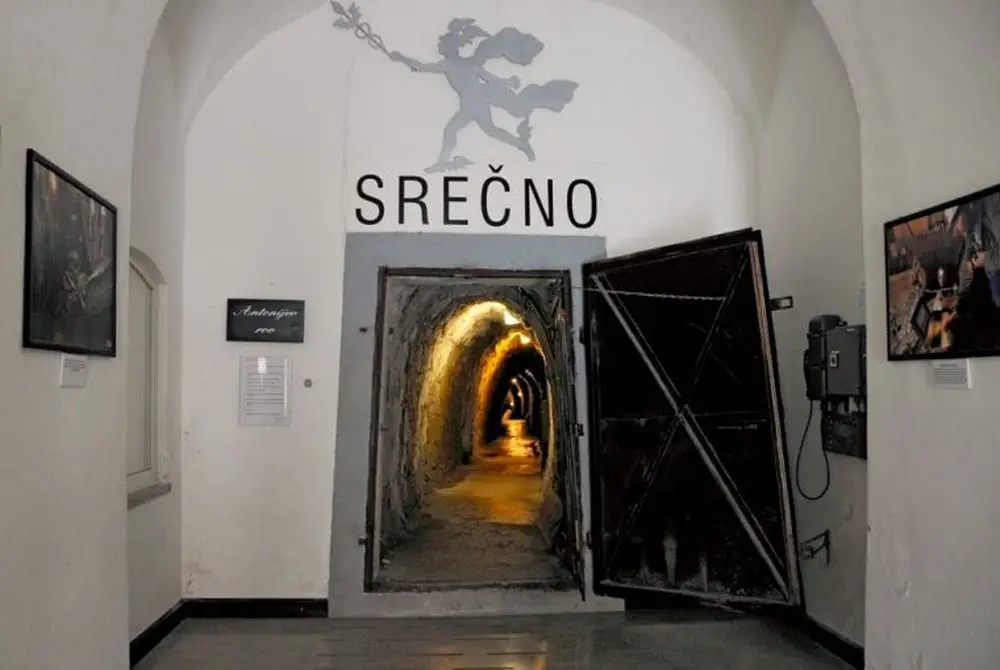March 12
March 12
In 604 Gregory I, the Catholic Pope, has died. According to Slovenian folk tradition this day is celebrated as the first day of spring or “the day of bird weddings”, named Gregorjevo after the aforementioned pontiff. Gregory I (540 – 12 March 604) became the head of the Catholic Church and thus, according to dogma, the Lord’s Ambassador in Slovenia and other lands in 590, and among other things led the so-called Gregorian mission which aimed at converting the pagan population of England to Christianity (although not the reform of the calendar, which was Pope Gregory XIII in 1582).
On Gregorjevo the so-called Gregory's fair (Gregorjev sejem) is set up in many Slovenian towns, and although the custom is of religious origin it has in fact run against the official church rules since 1969, when it was officially established that the Gregory feast day was moved from March 12 to September 3, as March falls into Lent, a feast-free period.
However, customs are not easily changed, especially if they are linked to changes in nature, a focal point of the agrarian culture of the Slovenes. Therefore Gregorjevo remains the day of the “bird weddings” and early spring fairs, and is also suitable for feasting.

Gregorejv sejem, Logatec
March 13
In 1997 Smelt Olimpija, the Ljubljana basketball team, won the eighth-finals of the European League in a dramatic match against Cibona (CRO), with one-point difference in the last 0.3 of a second. Into the quarterfinals Olimpija then beat Stefanel, but not the Olympiakos, which landed the team in fourth place.
https://www.youtube.com/watch?v=JMVRICZODNU
The Olimpija basketball club was at its strongest in the years between 1959 and 1970, when it won the Yugoslav league five times and again in the 1990s, with the peak in the 1993-94 season, when the club, under the guidance of the main coach Zmago Sagadin, won the Fiba Saporta Cup, a tournament among the European national winners.
https://www.youtube.com/watch?v=dr-ZeTrPVOU
March 14
In 1564 a decree on the work time of water pump workers was issued by Idrija mercury mine authorities, which allowed otherwise eight-hour shifts to be shortened in the case of bad air conditions in shafts. Miners also did not work on Sundays, and Saturday afternoons were free as well.
The mercury mine in Idrija is the second largest mercury deposit in the world, and while in operation used to supply 13% of the world's demand for qucksilver. Together with the world's largest mercury deposit in Almadén, Spain, which manged to cover 45% of the world's consumption, Idrija mine was granted world heritage status by UNESCO in 2012. The mine, after 500 years of extraction which resulted in 700km of underground shafts, stopped production due to a drop in demand for mercury in 1977, and was finally closed in 1988.
Parts of the system, which spanned all across this mining town, were preserved as cultural heritage in the form of a museum. The mercury mine in Idrija is also responsible for the mercury pollution of the northern Adriatic Sea, and thus remains a living legacy in the form of somewhat unpalatable seafood.
Entrance to Anthony's Shaft, with “good luck” written above the gate and a depiction of Mercury, the Roman god of trade and good luck.
March 15
In 1936 Josef “Sepp” Bradl became the first man to jump over 100 metres on the ski jumping hill built in 1934 in Planica, Slovenia.
In 1936 the hill was redesigned by Stanko Bloudek, to allow jumps up to 120 metres. The Norwegian team was absent from the first match, as the team leaders believed the hill to be too big and therefore too dangerous for jumping. The first three-digit mark therefore went to Austria, for the 101-metre jump of Sepp Bradl.
Planica has traditionally been the site of the final event of the season, this year it takes place next weekend.
https://www.youtube.com/watch?v=UVgqljR22tM
March 16
In 1848 the wave of revolutions, also known as “the Spring of Nations”, reached Ljubljana. The revolution, which started in February in France, spread across Europe, but with no coordination or cooperation among the various groups involved in the uprisings.
In the Austrian Empire the revolution was, more than anywhere else, characterised by nationalism. It included the first political programme by the Slovenes, a United Slovenia (Zedinjena Slovenija), the goal of which was not separatist but rather to unite Slovenes under a single administrative unit within Austria, irrespective of the existing provincial boundaries of the time. Furthermore, the demands of the rebels included the Slovenian language to be used in education and administration of this region, and that Austria be separated from the German Confederation (until 1806 the Holy Roman Empire) in response to the emerging German nation state in 1848.
The nationalists were in general pan-Slavic and attended the Prague Slav Congress, with Yugoslavism being part of that. This Austro-Slavism was perhaps what kept the state together till 1914, when Serbian nationalist Gavrilo Princip assassinated Archduke Franz Ferdinand of Austria and his wife Sophie in Sarajevo, which eventually led to the Austrian invasion of Serbia, and the beginning of World War One.

Provinces of the Austrian Empire in 1848
March 17
In 1994 the Finnish ski jumper Toni Nieminen became the first man to fly over the 200 metre mark. Nieminen landed at 203 metres without falling (which would include touching the ground with his hands) in an unofficial hill test before the official beginning of the competition.
https://www.youtube.com/watch?v=k7CoCmr2XB0
March 18
In 1904 the poet Srečko Kosovel was born in Sežana. In his short life of only 22 years Kosovel became a man who is now considered one of the greatest Slovenian poets, sometimes referred to as the poet of Karst, revolution and death.
https://www.youtube.com/watch?v=MQDEAmfPVNk
Indo-Slovenian fusion on Kosovel's poetry by Zamee







